Country Peoples Republic of China Population 7.499 million (2000) Area 11,760 km2 | Mayor Huang Xingguo | |
Points of interest Guwenhua Jie, Hai River, Huangya Pass, Tianjin Eye, Dule Temple Colleges and Universities Nankai University, Tianjin University, Tianjin Normal University, Tianjin Medical University, Tianjin University of Technology | ||
Tianjin (Chinese: ; pinyin: ; Tianjinese: Postal map spelling: Tientsin) is a metropolis in Northern China and one of the five national central cities of the Peoples Republic of China (PRC). It is governed as one of the four direct-controlled municipalities of the PRC, and is thus under direct administration of the central government. Tianjin borders Hebei Province and Beijing Municipality, bounded to the East by the Bohai Gulf portion of the Yellow Sea. Part of the Bohai Economic Rim, it is the largest coastal city in northern China.
Contents
- Map of Tianjin
- Tianjin city china amazing places in china top beautiful places in china
- Visit tianjin what to see do in tianjin china
- History
- Geography
- Economy
- Tourism
- Landmarks and attractions
- Culture
- Cuisine
- Tianjin breakfast food wedding wok n roll ep 40 by bontv
- Tianjin culture street and snackfood street my china trip pt 11 mp4
- Yings asian food tour goes to tianjin china
- References
Map of Tianjin
In terms of Urban population, Tianjin is the fourth largest in China, after Shanghai, Beijing, and Guangzhou. In terms of administrative area population, Tianjin also ranks fifth in Mainland China. Tianjin is a dual-core city, with its main urban area (including the old city) located along the Hai River, which connects to the Yellow and Yangtze Rivers via the Grand Canal; and Binhai, a New Area urban core located east of the old city, on the coast of Bohai Sea. As of the end of 2010, around 285 Fortune 500 companies have set up base in Binhai, which is a new growth pole in China and is a hub of advanced industry and financial activity. Since the mid-19th century, Tianjin has been a major seaport and gateway to the nations capital. During the Boxer Rebellion the city was the seat of the Tianjin Provisional Government.
Tianjin city china amazing places in china top beautiful places in china
Visit tianjin what to see & do in tianjin, china
History
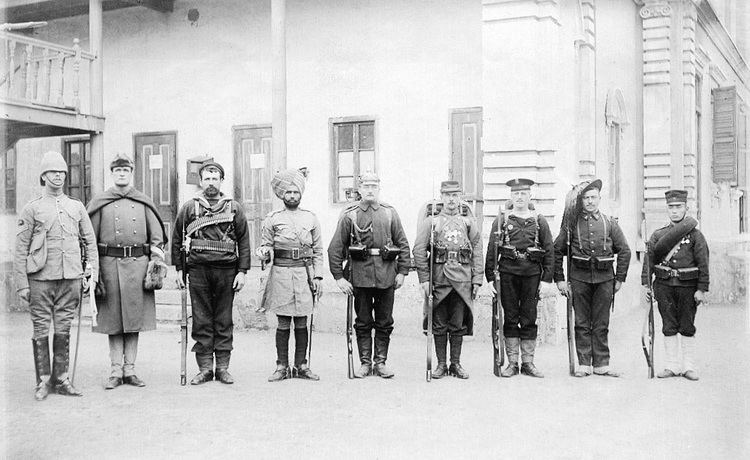
The land where Tianjin is located today was created in ancient times by sedimentation of various rivers entering the sea at Bohai Gulf, including the Yellow River which entered the sea in this area at one point. Before this time, it was open sea.
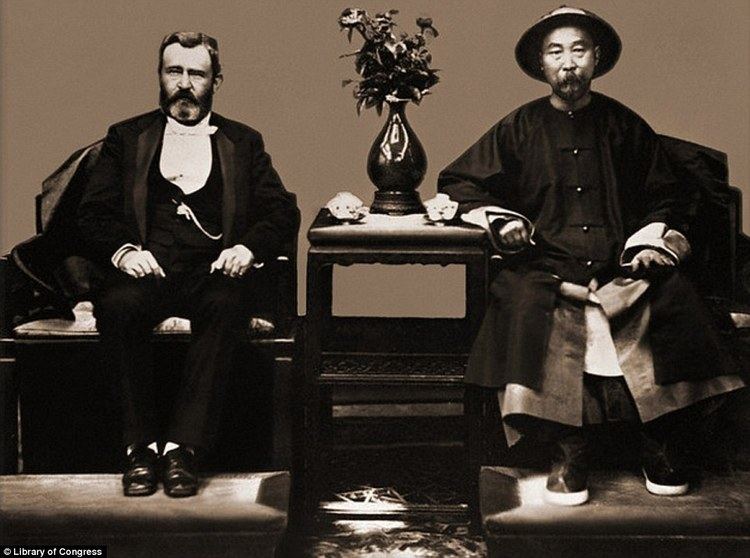
There are diverse viewpoints for the origin of the name, "Tianjin". One version states that "Tianjin" as a word initially appeared in the poems of Qu Yuan, a famous patriotic poet of Chu State in the Warring States period. In his masterpiece Li Sao, there is a verse, ”At dawn, departing from the Port of the Heaven” (Chinese: ; pinyin: ). Another view is that "Tianjin" also used to be a name of constellation in the Chinese traditional astronomical system as recorded in the Astronomy Record in the Book of Sui. A third view states that "Tianjin" was recorded in the River Record in History of the Jin. The Origin from Emperor’s Name-giving-This perhaps is the most reliable point of view. Tianjin means literally The Ferry Site of Emperor (The Son of Heaven). It was said that Emperor Yongle, who was one of the sons of Emperor Taizu of the Ming Dynasty, before his enthronement for getting the crown of the Emperor, launched a war against the successor of Emperor Taizu, Zhu Yunwen, the grandson of Emperor Hongwu in Nanjing. He departed from the Gu River of Tianjin and, after his success in enthronement, gave his departure site a name: Tianjin.
Geography
Tianjin is located along the west coast of the Bohai Gulf, looking out to the provinces Shandong and Liaoning across those waters, bordered by Beijing 120 kilometres (75 mi) to the northwest, and except for the east, is surrounded on all sides by Hebei. With a latitude ranging from 38° 34 to 40° 15 N, and longitude ranging from 116° 43 to 118° 04 E, the total area is 11,860.63 km2 (4,579.41 sq mi). There is 153 km (95 mi) of coastline and 1,137.48 km (706.80 mi) of land border. It lies at the northern end of the Grand Canal of China, which connects with the Yellow River and Yangtze River. The municipality is generally flat, and swampy near the coast, but hilly in the far north, where the Yan Mountains intrude into northern Tianjin. The highest point in the municipality is Jiuding Peak (???) in Ji County on the northern border with Hebei, at an altitude of 1,078.5 m (3,538 ft).
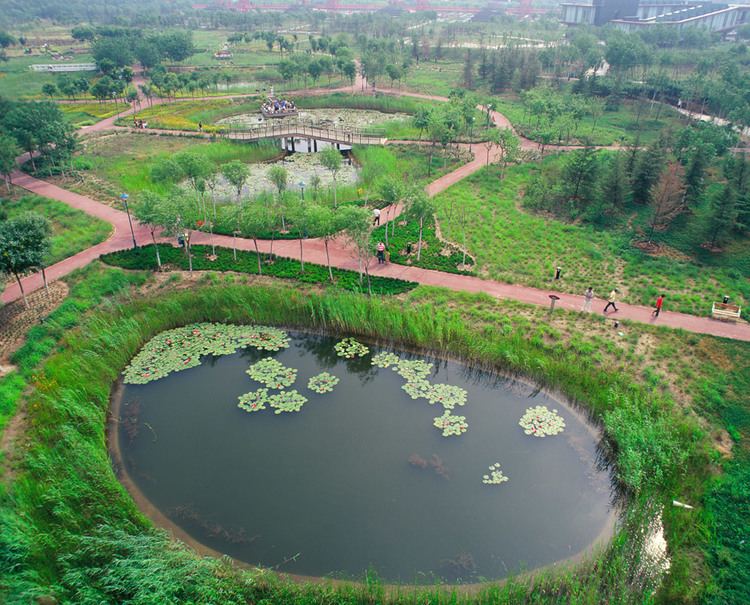
The Hai River forms within Tianjin Municipality at the confluence of the Ziya River (???), Daqing River (???), Yongding River, North Grand Canal, and South Grand Canal, and enters the Pacific Ocean within the municipality as well, in Tanggu District. Major reservoirs include the Beidagang Reservoir in the extreme south (in Dagang District) and the Yuqiao Reservoir in the extreme north in Ji County.
Economy
Tianjins GDP reached 1.12 trillion yuan in 2011, an increase of 16.4 percent over 2010. The city of Tianjin recorded Chinas highest per-capita GDP with $13,393, followed by Shanghai with $12,784 and Beijing with $12,447.
Tourism
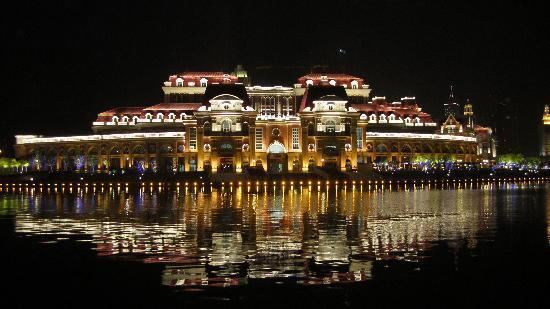
The city has many sights; its the streetscapes – an assemblage of historic nineteenth - and early twentieth-century European architecture, juxtaposed with the concrete and glass monoliths of contemporary China – that are its most engrossing attraction. Though wide swaths of the city are being redeveloped, much of the colonial architecture has been placed under protection, and the shopping opportunities, especially for antiques, just about justify a day-trip from the capital, an hour away by train.
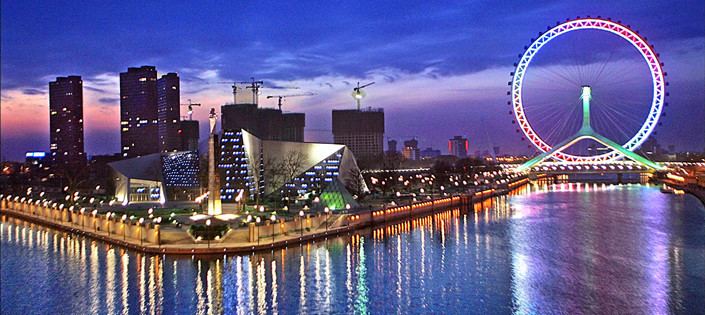
In the nineteenth century, the port city caught the attention of the seafaring Western powers, who used the boarding of an English ship by Chinese troops as an excuse to declare war. With well-armed gunboats, they were assured of victory, and the Treaty of Tianjin, signed in 1856, gave the Europeans the right to establish nine concessionary bases on the mainland, from which they could conduct trade and sell opium. These concessions, along the banks of the Hai River, were self-contained European fantasy worlds: the French built elegant chateaux and towers, while the Germans constructed red-tiled Bavarian villas. Tensions between the indigenous population and the foreigners exploded in the Tianjin Incident of 1870, when a Chinese mob attacked a French-run orphanage, and again during the Boxer Rebellion in 1900, after which the foreigners levelled the walls around the old Chinese city to enable them to keep an eye on its residents.
The dense network of ex-concession streets south and west of the central train station, and south of the Hai River, now constitute the areas of most interest to visitors. Unmistakable are the chateaux of the French concession, which now make up the downtown district just south of the river, and the haughty mansions the British built east of here. Farther east, also south of the river, the architecture of an otherwise unremarkable district has a sprinkling of stern German constructions.
Landmarks and attractions
Sights outside the old city urban core area, but within the municipality, including Binhai/TEDA:
Culture
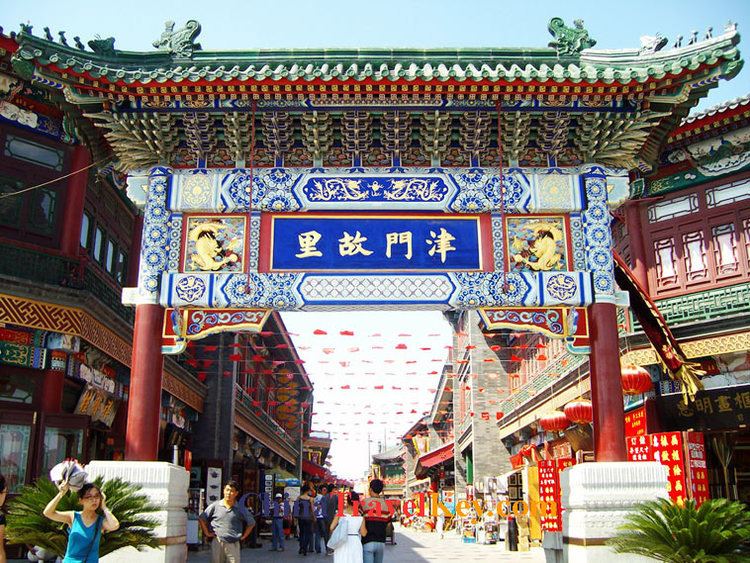
People from Tianjin speak the Tianjin dialect of Mandarin, from which it is derived. Despite its proximity to Beijing, the Tianjin dialect sounds quite different from the Beijing dialect, which provides the basis for Putonghua, the official spoken language of the Peoples Republic of China.
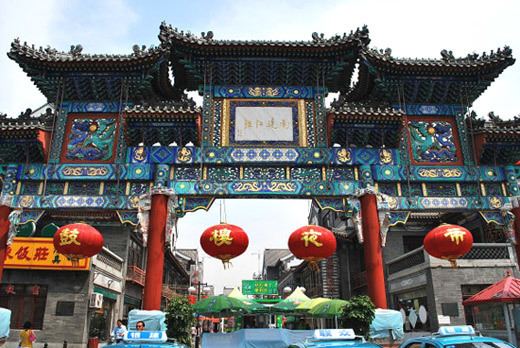
Tianjin is a respected home base of Beijing opera, one of the most prestigious forms of Chinese opera.
Tianjin is famous for its stand up [comedy] and comedians including Guo Degang and Ma Sanli. Ma Sanli (???) (1914–2003), an ethnic Hui and longtime resident of Tianjin, is renowned for his xiangsheng (??), a hugely popular form of Chinese entertainment similar to comedy. Ma Sanli delivered some of his xiangsheng in the Tianjin dialect. Tianjin, along with Beijing, is a center for the art of xiangsheng.
Yangliuqing (Green Willows), a town about 15 km (9.3 mi) west of Tianjins urban area and the seat of Xiqing District, is famous for its popular Chinese New Year-themed, traditional-style, colourful wash paintings (). Tianjin is also famous for Zhangs clay figurines which are a type of colourful figurine depicting a variety of vivid characters, and Tianjins Weis kites, which can be folded to a fraction of their full sizes, are noted for portability.
Cuisine
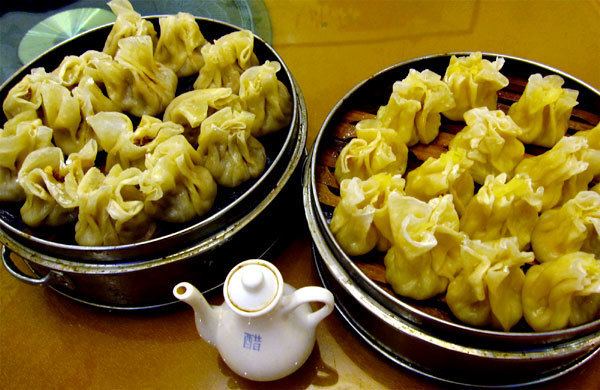
Cuisine of Tianjin (Chinese: ; pinyin: ) is derived from the native cooking styles of Tianjin, China. The cuisine of Tianjin is renowned throughout China, and not only the traditional Tianjin snacks, but the cuisines from other regions of China can also be found. Tianjin Cuisine Street is a place where cross-cultural Chinese dishes can be sampled.
Tianjin breakfast food & wedding wok n roll ep 40 by bontv
Tianjin cuisine differs from Beijing cuisine in the following ways:
Tianjin cuisine places a heavy focus on seafood, due to Tianjins proximity to the sea. Prominent menus include the Eight Great Bowls (Chinese: ; pinyin: ), a combination of eight mainly meat dishes. It can be further classified into several varieties, including the rough (Chinese: ; pinyin: ), smooth (simplified Chinese: ; traditional Chinese: ; pinyin: ), and high (Chinese: ; pinyin: ). The Four Great Stews (Chinese: ; pinyin: ) actually refers to a very large number of stews, including chicken, duck, seafood, beef, and mutton.
The four delicacies of Tianjin include Goubuli baozi, Guifaxiang Shibajie Mahua (Chinese: ; pinyin: ), Erduoyan Zhagao (Chinese: ; pinyin: ) and Maobuwen Jiaozi (Chinese: ; pinyin: ). Well-known foods include Caoji donkey meat, Bazhen sheep-leg mutton of Guanshengyuan, Luji Tangmian Zhagao, Baiji Shuijiao, Gaogan of Zhilanzhai, Guobacai of Dafulai, Kansubao of Shitoumen and Xiaobao chestnut. These famous snacks are available in Nanshi Food Street, which was a famous calling-card of Tianjin in the aspect of cuisine.
